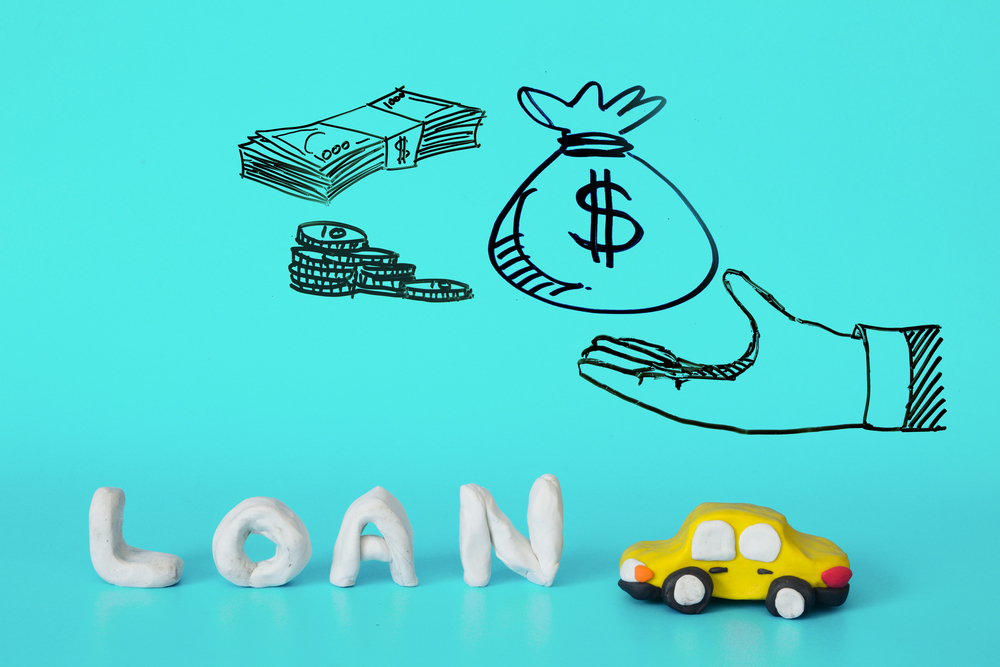As more and more Canadians take out extended car loans, experts warn that the debt cycle will keep going. Let’s examine the ins and outs of longer car loans and find out why they’re more trouble than they first may seem.
Longer and Longer Car Loans
Traditional car loans are typically set from three to five years. Lately, the trend has been toward longer loans, which last anywhere between six and seven years. This makes the average length of a car loan increase, and it becomes obvious that there has definitely been an uptick in the amount of longer-term loans. While six to seven years used to be considered ultra-long, more and more they’re becoming the norm.
The Good: Lower Monthly Payments
The obvious reason to stretch out the term of an auto loan is to get the monthly payments down to a comfortable level.
Here’s a quick example. A $15,000 car on a three-year loan would require a monthly payment of $446. On a five-year loan, that monthly payment goes down to $280. For a seven-year loan, you’d only be paying $209 per month to drive the same car. Sounds pretty good, right?
The trade-off is that you end up paying a lot more for the car because you’re paying for it longer. Using the example above, that $15,000 car on a three-year loan would end up costing $16,063 or $16,779 for the five-year plan. But, when you stretch it to seven years, you end up paying $17,514 in total for the car.
Buying Too Much: One side effect of taking out a longer loan is that it may put you into a higher-priced car. Making 72 or 84 payments on a car can really work wonders on making the monthly payment look more manageable. This can cloud your judgment and get you to go for the car of your dreams rather than something more practical. Plus, you may be tempted to add extra features or custom parts because your monthly payment is so low.
The Bad: Higher Interest Rates
Interest rates are generally higher when you take out long-term loans. This may seem like double jeopardy because you’re already paying more for the loan by extending it for an additional year or two. When looking across the board at the different car loan lengths, it’s easy to see that long-term loans come with higher interest rates.
The examples above demonstrate how you end up paying more for a car, and they didn’t even factor in the higher interest rates for long-term loans. Things can get out of hand in a hurry when you pay more over time, and you’ll likely pay a higher interest rate.
The Ugly: Owing More Than the Car Is Worth
Because of depreciation, taking longer to pay off your car loan increases the likelihood of ending up upside down in the loan. If you agree to a six- or seven-year loan, you’ll immediately owe more than what it’s worth—if you stick to the payment plan. The only way to win is to make extra payments along the way, so you end up paying less for the car in total.
The Domino Effect: When you stretch out a car loan, you might end up getting stuck with the debt for your next car purchase. If you decide to trade this car in for a newer car later, the debt will come along with it. You will likely owe more than the car is worth, so the dealer will have to carry that over and roll it into your next loan. It’s how you end up stuck in a cycle of debt, so don’t knock over that first domino!
Your Best Bet
Buy only what you can afford on a shorter-term loan. It may sound boring, and maybe not as fun, but at least you will not pay more for your car than you should. You should be able to find a suitable car within your budget on a more traditional-length loan.
We’ll Make It Right for You
We won’t put you in a loan that will end up causing more trouble. At Ride Time, we always match you with the smartest loan for your situation. Come see what we can do with our unique network of lenders. We’re sure you’ll leave happy!



No Comments